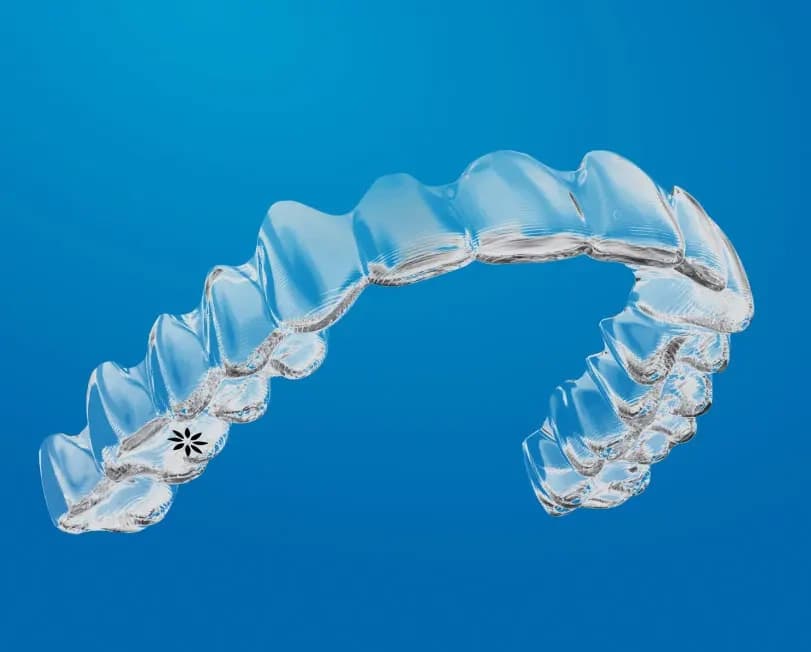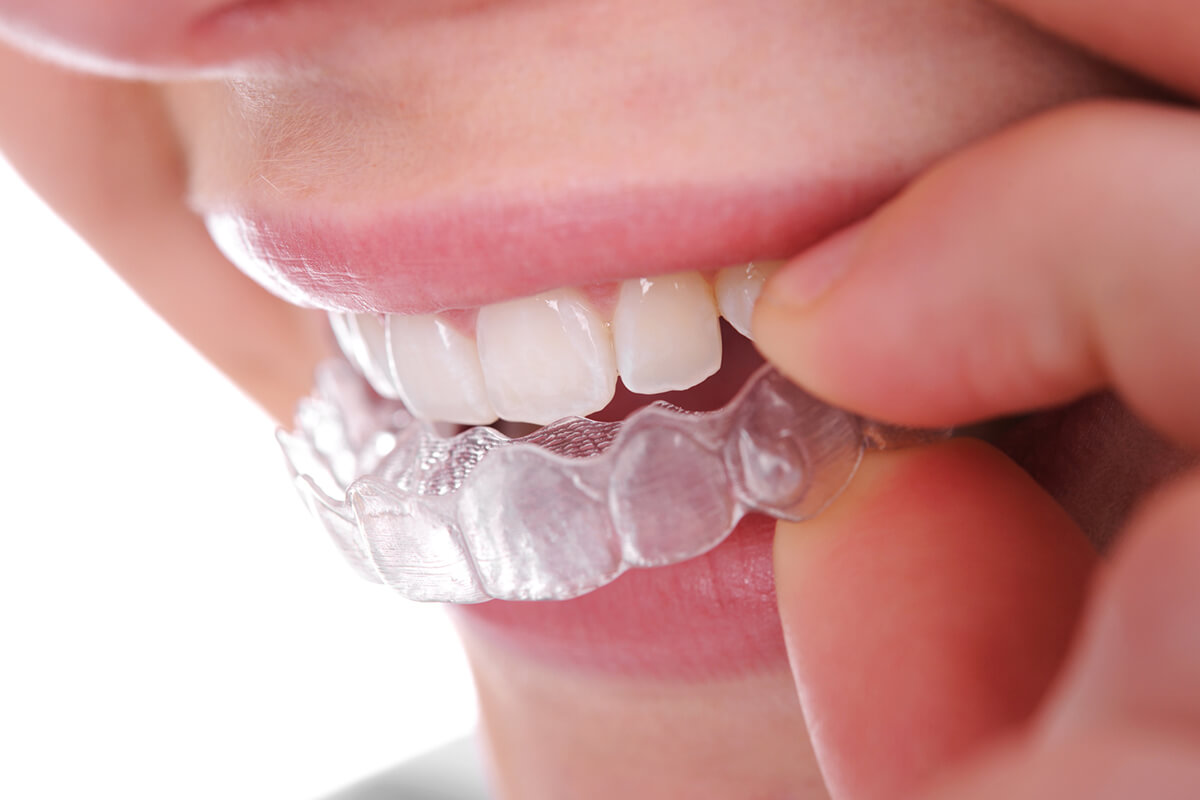Success Stories: How Invisalign Changed Lives and Enhanced Confidence
Success Stories: How Invisalign Changed Lives and Enhanced Confidence
Blog Article
Invisalign vs. Standard Braces: Which Alternative Is Right for You?
When considering orthodontic treatment, the option in between Invisalign and standard dental braces presents numerous essential factors that warrant mindful analysis. Invisalign uses a discreet option with removable aligners, while standard braces offer a much more noticeable yet efficient solution for serious misalignment.
Review of Therapy Options

On the other hand, standard dental braces include steel brackets and cords that are bound to the teeth. This approach applies constant stress in time to accomplish alignment. While effective for complicated orthodontic issues, traditional dental braces need regular visits for changes and can pose challenges in keeping dental health due to the difficulty of cleaning up about wires and braces.
Both choices have their advantages, and the choice commonly depends upon certain oral problems, lifestyle choices, and patient conformity. Inevitably, getting in touch with an orthodontic expert is crucial for establishing the most ideal therapy plan customized to specific demands. Understanding the subtleties of each option can significantly affect the total success of orthodontic treatment.
Visual Factors To Consider
A significant aspect affecting the option in between Invisalign and conventional dental braces is the visual appeal each treatment uses. Invisalign aligners are crafted from clear plastic, making them practically unnoticeable when put on.
On the other hand, traditional braces include metal brackets and cables, which can be more visible. While advancements in orthodontic technology have actually brought about the advancement of smaller sized braces and colored elastics, conventional dental braces still maintain an even more noticeable account. For some people, the visibility of dental braces might deter them from seeking required treatment.
Inevitably, the selection in between Invisalign and traditional braces may depend upon individual choices relating to aesthetic appeals. Patients who focus on discretion often favor Invisalign, while those that are much less worried concerning presence may go with conventional dental braces. Understanding the aesthetic ramifications of each alternative is important for making an informed decision that straightens with one's lifestyle and preferences.
Convenience and Convenience

In regards to ease, Invisalign aligners are removable, enabling people to appreciate their favored foods without limitation and preserve optimum dental health. Cleaning and flossing are simplified, as the aligners can be taken out throughout these routines, whereas conventional dental braces require cautious steering around wires and braces.
In contrast, typical braces require routine modifications, making them much less convenient for those with busy routines. Generally, the convenience and convenience of Invisalign make it an attractive choice for lots of people looking for orthodontic treatment.
Therapy Period and Effectiveness
While both Invisalign and standard dental braces work in remedying official source oral imbalances, the duration of treatment can vary dramatically in between both options. Commonly, Invisalign treatment can take anywhere from 12 to 18 months, depending on the intricacy of the case. The clear aligners work by gradually changing teeth right into their wanted settings, and normal follow-ups with an orthodontist help guarantee progression remains on the right track.
In comparison, conventional dental braces typically require a longer dedication, generally varying from 18 months to 3 years. This is due to their set nature and using braces and wires, which can be a lot more efficient for extreme imbalances and complex situations (Invisalign). The treatment performance of standard dental braces is well-documented, as they allow for accurate see this modifications and better control over tooth activity
Ultimately, the choice in between Invisalign and conventional braces might depend upon both the anticipated therapy duration and the details oral problems handy. Consulting with an orthodontist is essential, as they can provide customized referrals based on individual requirements, ensuring the chosen approach straightens with wanted durations and end results.
Price Comparison and Insurance Coverage Choices
Expense plays a significant role in the decision-making process for people thinking about orthodontic treatment, whether selecting Invisalign or conventional dental braces. Typically, the price of Invisalign ranges from $3,000 to $8,000, while typical braces commonly cost between $2,000 and $6,000. Factors influencing these expenses include the complexity of the situation, the period of treatment, and geographical area.
Insurance coverage can considerably affect out-of-pocket expenditures. Numerous dental insurance strategies provide partial protection for orthodontic treatments, however the specifics can vary commonly. It is vital for individuals to review their insurance plan to determine the extent of protection for either option. Generally, standard dental braces may be extra often covered by insurance policy strategies compared to Invisalign, which some insurance providers classify as an aesthetic procedure.
In addition, several orthodontic practices provide versatile repayment strategies, see this page making both therapy choices extra accessible. Patients ought to ask about potential financing options and discounts for upfront settlements. Evaluating the total cost, including insurance advantages and layaway plan, is crucial for making an educated choice that straightens with both visual preferences and budget plan considerations.

Final Thought
In summary, the option between Invisalign and typical braces depends upon numerous elements, consisting of aesthetic choices, comfort, therapy period, and expense. Invisalign supplies a very discreet, detachable option that promotes oral health and dietary versatility, while traditional dental braces may be better for complex oral problems and often come at a reduced price point. Eventually, consultation with an orthodontist is necessary to examine specific situations and establish the most suitable treatment alternative for achieving optimum oral alignment.
When thinking about orthodontic therapy, the selection in between Invisalign and traditional braces provides numerous vital factors that merit cautious examination.Contrasting Invisalign and typical dental braces reveals distinctive therapy options for orthodontic modification.While both Invisalign and standard dental braces are efficient in fixing dental misalignments, the duration of treatment can vary considerably between the two choices.Expense plays a considerable function in the decision-making process for individuals considering orthodontic therapy, whether deciding for Invisalign or typical dental braces.In recap, the option between Invisalign and conventional braces pivots on numerous variables, consisting of visual preferences, comfort, therapy duration, and cost.
Report this page